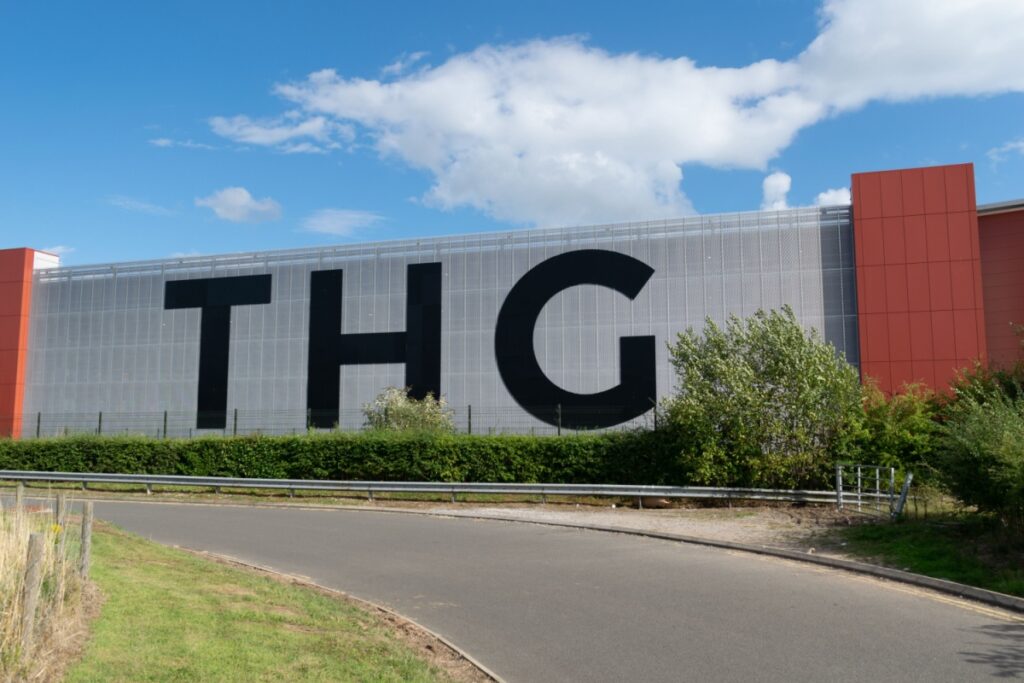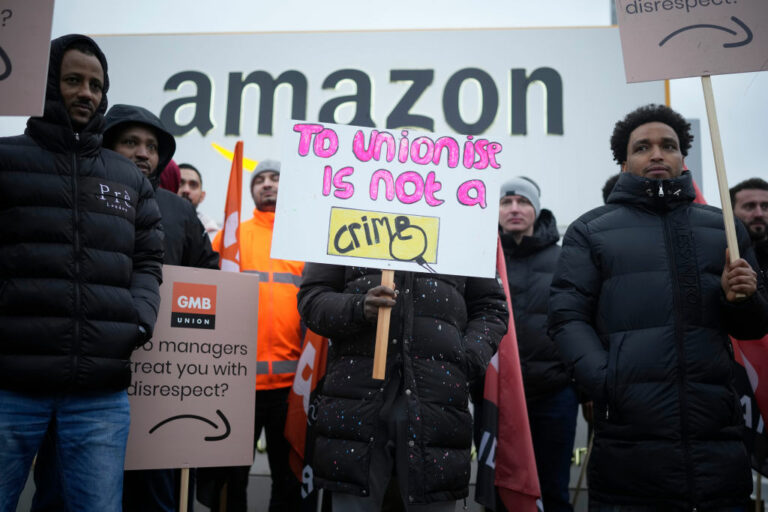The Black Friday and Cyber Monday sales are almost over.
Sales are up with some estimates suggesting £7.7 billion was spent over the sales weekend, accounting for almost 40 per cent of the volume of retail sales so far. Which retailers got it right? Who had the desired stock, but not too much stock on hand?
Such accurate forecasting is important. Most readers will know all too well the costs of lost sales – disappointed customers, lower revenues and customers driven into the arms of competitors. Alternatively, products are stacked high with too much inventory. Black Friday sales week was created to drive sales, but is it still a retailers’ game?
We now see various extensions with week-long sales and the relatively new Cyber Monday. The problem is that the peak over the Black Friday weekend does not necessarily increase sales overall, but instead brings the sale forward and can result in overall lower profits. Moreover, it causes a lot of organisational and supply chain stress, often challenging the IT systems and requiring the hire of short-term staff to handle the large number of orders.
These days, algorithms are supposed to answer the retailer’s prayers with software companies promising much. However, delivering on these promises is unlikely. At least in the short-term. It is questionable whether data are sufficient for the algorithms to train, and there are often special features with each promotion – for example, the John Lewis advert hopes to be a game-changer. But, what is its impact on sales?
“The Black Friday weekend does not necessarily increase sales overall, but instead brings the sale forward and can result in overall lower profits”
Just to make life even more difficult for the forecaster, purchasing behaviour is also changing: Christmas might be a little late this year, or even early. Estimates are suggesting that the Black Friday “week” in 2018 will see more consumers involved, but spending less per person.
Our buying patterns are evolving, with retailers implementing exciting algorithmic innovations such as recommender systems, targeted-email campaigns or interacting through mobile apps to keep pace. These shape our shopping baskets, encouraging us to buy – and they can work. We often fall prey to such “opportunities” during the Christmas shopping season. The demand planners that each large retailer employs face the excitement of many new promotions, but also historical data that lack direct relevance and changing purchasing behaviour. Retail workers may hear “we did well this Black Friday weekend” but how will this affect Christmas sales? For many products, sales made now will mean lost sales over the Christmas period.
Can modern methods that include artificial intelligence and machine learning overcome these problems? There is some truth in the claims made by some academics and software houses that these new methods can overcome the deficiencies in the older approaches of just extrapolating past trends. But, like most sales pitches, this claim is over-hyped. If the data are not there, algorithms can’t deliver the impossible – they all rely on the past being indicative of the future. And we consumers are making life difficult for them to capture future sales patterns. Inventive, and hopefully successful, new marketing strategies lessen the value of past data as well – the beauty of the mechanics of consumption change.
“Consumers are making life difficult for them to capture future sales patterns”
Almost all major retailers now produce their forecasts using forecasting software. The available software varies from simple extrapolation to complex artificial intelligence systems. But all retailers rely on a small army of demand planners to capture the special circumstances of this year’s promotional sales. Research from the Centre of Marketing Analytics and Forecasting, at Lancaster University Management School, has shown human experts add value to forecasts but their performance is inconsistent. Technology can forecast established patterns better than humans – but when customers are changing their habits, management expertise should come into its own.
So how can retailers best integrate the algorithmic software with their demand planners? As yet, there are no simple answers unfortunately, but planners do need to understand the core elements of the software they use and how they can best add value – with their street knowledge they may incorporate the shifting effects of Christmas. We saw this in the summer, when planners were able to consider the unusually warm weather, for example.
However, there are, as yet, no easy solutions to the problems posed by Black Friday and Christmas sales. Although promotions have a substantial short-term effect, there are limited long-run gains to overall sales. So, Black Friday and Christmas sales may not be enough to boost the books of our struggling high street. Instead, they may lead to lower profits, with sales merely shifting to promotional periods, and retailers having to face a very difficult forecasting task.
Is there anything to be done to help in the challenging task? Well, yes. Better record keeping of the details of promotions, simplifying the promotional mix would be a big help. Better training would help support the demand planners and of course, more accurate comprehensible algorithms that the planners can tune to get the best results.
Sadly there is no magic wand – more accurate forecasts will only be achieved with progress on all fronts.
Professor Robert Fildes is a Distinguished Professor at Lancaster University Management School
Click here to sign up to Retail Gazette‘s free daily email newsletter


















